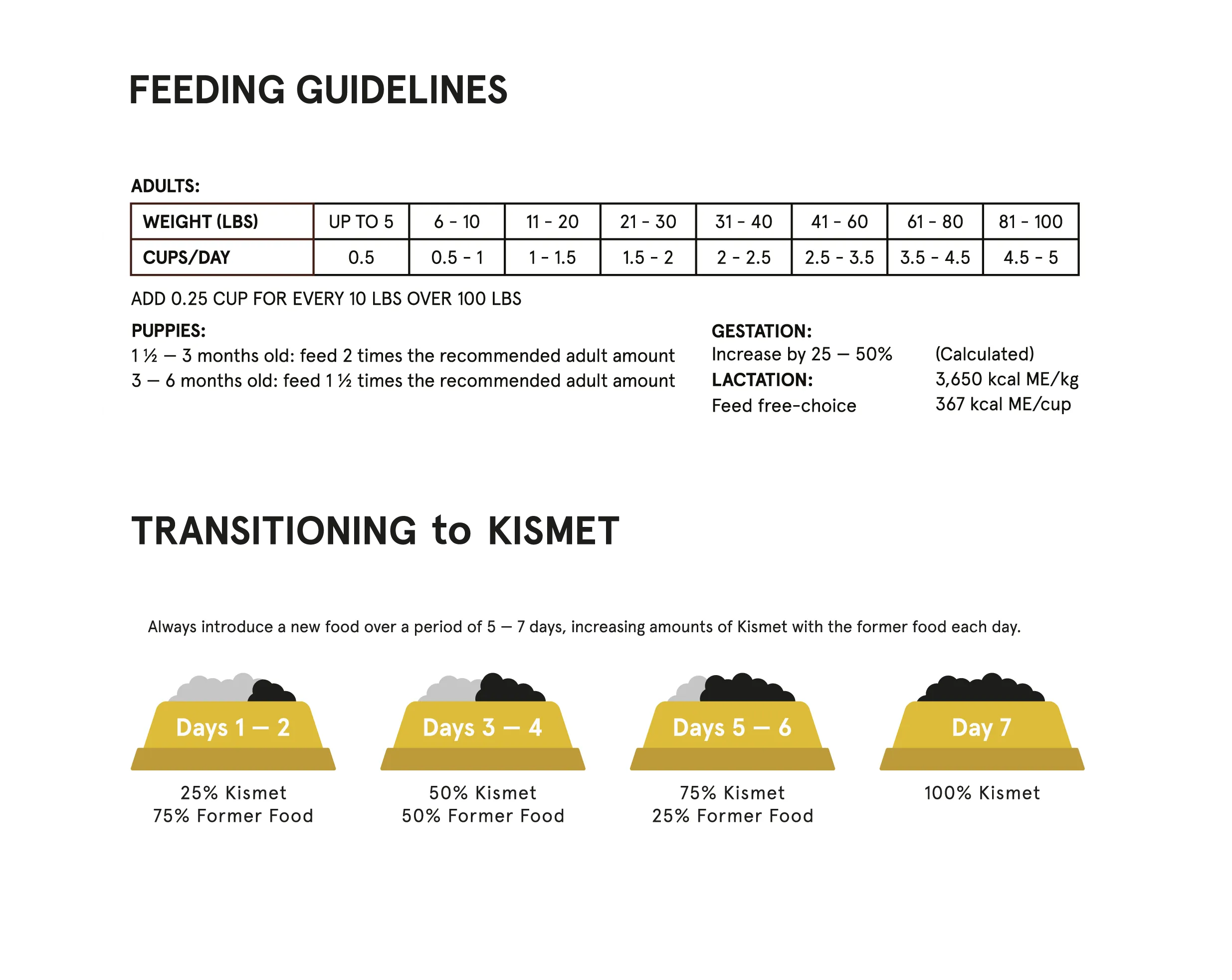.webp)
Unlike humans, dogs’ digestive systems function best with a highly consistent diet. Here’s why:
✔️ Complete nutrition fuels a happy pup: A consistent diet ensures your dog is getting a balanced meal — for vital energy — every time they empty the bowl. Too much of a good thing (even Vitamins A and D) can actually be toxic to your dog.
✔️ Gut bacteria is a dog's best friend: The healthy bacteria in a dog's GI tract is as important as a major organ, so maintaining it is key. This bacteria is sensitive to changes in nutrients and fluctuations in the bacterial balance can cause health problems.
✔️ Routines rule: Dogs thrive when their lives are consistent and predictable. Knowing what to expect when it comes to walks, meals and cuddles helps reduce anxiety. The same is true of food. While occasional treats are certainly appreciated, sudden switch-ups in diet actually change your dog's eating habits.
Dogs may experience temporary stomach upset when food is changed too quickly, but the good news is, a gradual transition makes all the difference.
There are plenty of great reasons to consider changing your dog’s diet, including accommodating new needs as they age, dealing with health concerns, working on weight management or just realizing that there are more nutritious options for your pet (and your budget) out there.
If it has been a while since you assessed your dog’s food, it may be time to consider something new. Pet food has come a long way in the past few years, with veterinary nutritionists working hard to develop meals that combine taste, convenience, safety and nutritional value. Ingredients like probiotics and antioxidant superfoods are increasingly part of the mix, as pet parents learn the important role they play in dogs’ gut health.
If you’re looking to make the switch and incorporate more thoughtful ingredients into your pet’s diet, take a look at our partner Kismet and their clinically tested, nutrient-packed recipes that go beyond premium. Crafted with real chicken and salmon, plus pre- and probiotics to support gut health, Kismet delivers the nutrition of fresh meals in a convenient, shelf-stable format.
When you’ve decided it’s time to transition your dog to Kismet — or another new dog food — making the change gradually is key. We recommend using one of the schedules below as a baseline and talking to your vet about how it should be adjusted to fit your pet’s unique needs.
Typically, you’ll need about a week to safely switch your dog from one food to another. Break down the process like this (it works for Kismet and any other dog food):

For dogs with especially sensitive stomachs, it can help to go a bit slower and stretch the process out over a couple weeks.
"The start of a new season is the perfect time to reset routines for you and your dog," Dr. Kwane Stewart, Chief Veterinary Officer at Kismet says. "It's recommended to align food transitions with new routines since dogs adapt quickly when everything feels consistent. So, whether it's back to school, the holidays or spring cleaning, a routine change is the perfect time to make the switch and give your dog healthier days ahead."




As you go through the transition, pay careful attention to your pet’s reaction. Slightly decreased appetite and other mild signs of discomfort usually mean you should spend a few additional days in each stage.
If more worrying issues pop up during the transition, you’ll want to consult with your pet’s veterinarian. Excessive gassiness, vomiting, diarrhea and weight loss are all signs to check in with your vet about slowing down or dialing back your pet's food transition plan. Fetch Pet Insurance members can use any vet in the U.S. or Canada (including 24/7 on-demand televet support) — they're all covered.
Here's to more happy, healthy meals with your pup!
The Dig, Fetch Pet Insurance's expert-backed editorial, answers all of the questions you forget to ask your vet or are too embarrassed to ask at the dog park. We help make sure you and your best friend have more good days, but we’re there on bad days, too.

up to 90% of vet bills – covered.
Every 6 seconds, a pet parent gets a $1000+ vet bill. Care for your pet & your wallet with Fetch.
Get your price